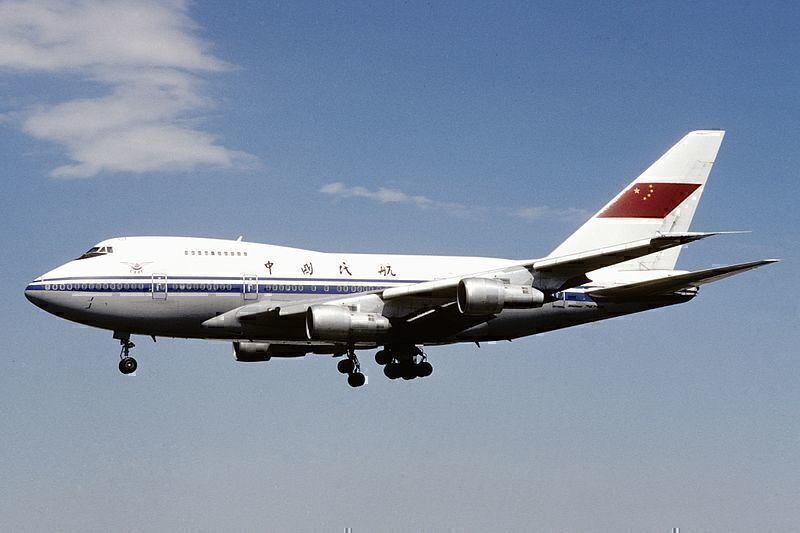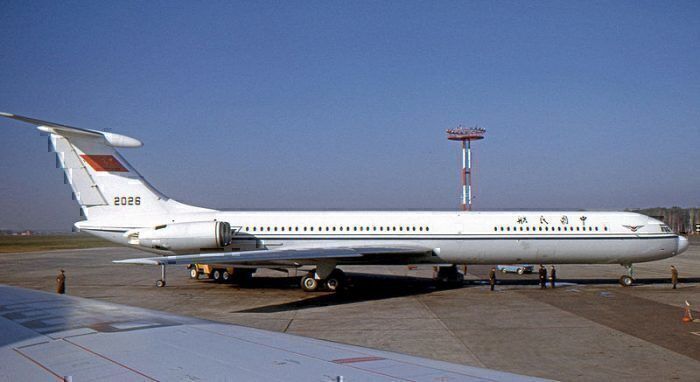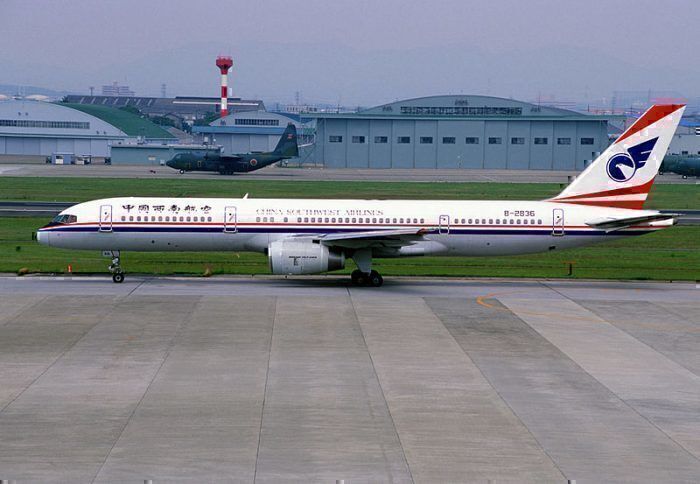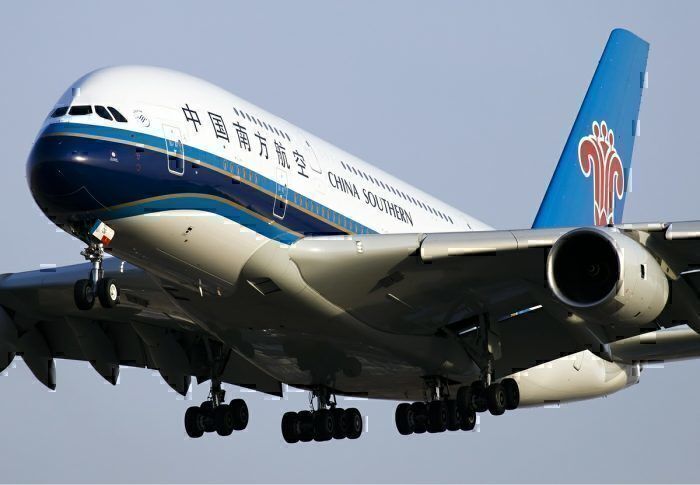In the space of a generation, Chinese airlines have transformed from exotic oddities in the aviation world into sleek mainstream operations. Like a lot of things in China, it has happened fast. But readers with long memories will remember one of the forefathers of Chinese aviation, the Civil Aviation Administration of China and their state-owned monopoly airline, CAAC.
It’s all China Southern, Hainan, Air China and China Eastern these days. It has been a while since a CAAC Tupolev careened into an airport. What happened to China’s CAAC Airlines?
CAAC in the early days
CAAC began flying around China in 1949. While under military control, CAAC (the airline regulatory authority) operated CAAC (the airline) as a scheduled non-military passenger service. There is not a great deal of information publicly available about CAAC's early history.
In 1962, CAAC began flying internationally, primarily to communist countries in Eastern Europe and Asia. It had a chequered safety history and looking at the aircraft involved in incidents in the 1960s and 1970s, you can see CAAC was flying Ilyushins, Lisunovs, and Antonovs.
In the 1980s, CAAC was spreading its wings. China invested in some Boeings and set course for destinations in Europe, the Middle East, the United States and Australia. In 1987, according to Wikipedia, CAAC flew to 85 cities in a respectable 25 countries.
And then in 1988, CAAC the airline was dissolved.
The breakup of CAAC
The Chinese Government decided to end the state-owned monopoly and break the airline up into six smaller state-owned airlines. No longer a monopoly per se, but all the money still flowed back to Daddy in Beijing.
CAAC was spun off into six new airlines; Air China, China Southern, China Southwest, China Eastern, China Northwest, and China Northern. Each airline would focus on the region they were named after. Unimaginative but it makes sense.
Since then some consolidation has taken place. China Southwest was absorbed into Beijing based Air China in 2003. China Northwest was absorbed into China Eastern in 2002, and China Northern went to China Southern in 2003. North went south …
This effectively left the CAAC legacy as Air China, China Southern, and China Eastern. And these three airlines have shaken off their parentage with their exotic but accident-prone Ilyushins, Lisunovs, and Antonovs and have gone on to a fly around the globe.
From little things, big things grow.
Air China is still based in Beijing and how has 50,000 plus employees. It has 429 aircraft and flies to 201 cities on six continents. Air China has 68 international destinations. According to Routes Online, it operates 443 routes, offering over 1.8 million seats on 8900 flights each week.
Air China’s sister, China Southern, has also gone onto big things. Based in Beijing and Guangzhou, 615 aircraft jet around to 216 cities around the globe. China Southern has 100,000+ employees. The airline flies to 193 international destinations in 35 countries. Despite being a bigger airline than Air China, it does not fly to Africa or South America.
The third surviving child of CAAC is China Eastern which is based in Shanghai. China Eastern has some 80,000 employees who help support 552 aircraft that fly to 248 destinations, including 40 international destinations across the Northern Hemisphere and down to Australia.
These airlines are fully integrated players in global aviation. China Eastern is in the SkyTeam alliance and Air China hangs out in Star Alliance. China Southern seems to be going its own way with alliances at the moment.
While the CAAC logo has disappeared from airports around the world, CAAC is unusual in the airline world in that it has spawned offshoots that have survived and grown - kind of like having kids. Next time you are crashed out on a nice lie flatbed on a China Southern A380, racking up your status credits and throwing back a couple of nice Napa Valley wines, take a moment to consider the impeccable communist CAAC genetics in the airline’s DNA.




